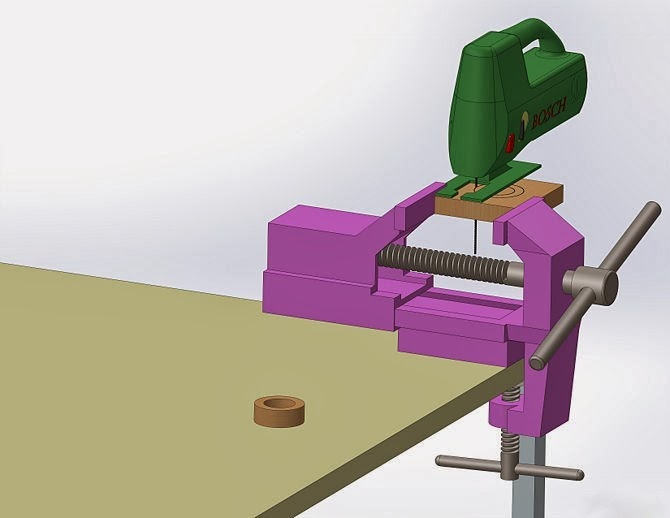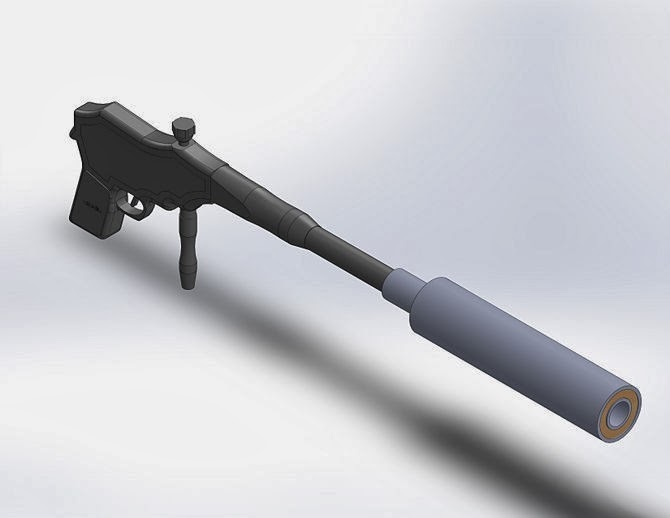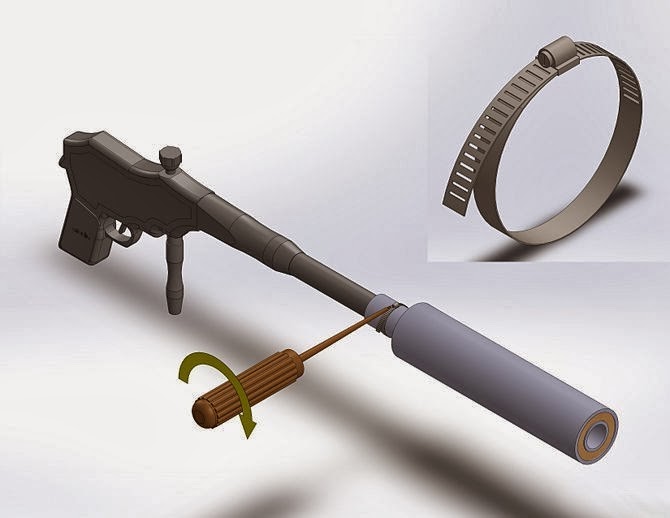Making a silencer for a gun can be a difficult task and should only be done by those who have the necessary experience and expertise.
However, for those looking for an affordable and easy-to-make DIY silencer, PVC pipe can be a useful tool. In this blog post, we’ll discuss the steps on How to make a Silencer out of PVC Pipe.
We’ll discuss the tools and materials you’ll need, the assembly process, and the best way to test the silencer. We’ll also discuss the various benefits and risks associated with using a DIY PVC silencer.
Finally, we’ll discuss the legality of using a homemade silencer and provide resources for those looking for more detailed information.
Whether you’re a weekend shooter or a professional gunsmith, this blog post can provide you with the information you need to decide if making a DIY PVC silencer is the right choice for you.
If silence is worth gold, it is even more valuable to the survivist whose life can depend on it.
Its absence, together with that of realism among our compatriots and cream in light yogurts, is one of the most striking nuisances of our modern societies.
For the man of the field, it is a fundamental asset. The noise testifies to its presence and excites the local fauna, potential source of multiple hassles.
Warning : The texts and photos contained in this article are given for information only and can not in any way constitute an invitation to their practical application.
Before starting and understanding the principle, it is important to point out that there are two kinds of sounds
generated by a gun:
- The detonation, resulting from the explosion of the primer and the powder, A silencer can absorb and reduce;
- Deflagration, induced by the passage of the sound wall by the projectile, which is inevitable when the initial velocity exceeds 340 m / s, and which can not be covered since it occurs by definition at the exit of the barrel. The “bang” of jets).
It is therefore impossible to cover all the noise caused by a projectile with a hypersonic velocity. However, small calibres such as .22 Long Rifle with relatively low initial velocity can provide almost total attenuation even if the ammunition exceeds the 340 m / s fateful threshold. Everything will depend on the quality of the muffler. This is one of the benefits of 22lr, among many others.
Personally, during my travels I saw hand-crafted mufflers mounted on 22lr pistols that were capable of suppressing any noise, even with ordinary ammunition. This is ideal, since the powder load remains sufficient to ensure the normal operation of the weapon (complete retraction of the cylinder head with ejection of the sleeve), which is sometimes not evident with bales Subsonic.
Having said that, let’s see the
Making a Silencer
practical steps…
1. Measure the outer diameter of the barrel at the outlet (not just the hole!)

2. Purchase one PVC tube of 25 mm, plus one of 50 mm.

3. Cut the 50 mm tube to a length of 25 cm.

4. Cut the 25 mm tube to a length of 30 cm. It will constitute the body of the moderator.
Note: These lengths can be adjusted according to the caliber of the slingshot. Longer moderators are more bulky, but can be more efficient. The length of the inner tube should be at least 5 cm longer than the outer tube.
5. On the 25 mm tube, using a marker, draw a series of dots each about 6 mm apart, for a total length of 20 cm.

6. Turn the tube 1/4 turn (90 °), and draw another line.

7. Drill holes with a diameter of 4.5 mm.
If you have a precise column type drill, you can use it to cross the plastic and drill a series of similar holes on the other side of the tube.
Otherwise, it is better to draw two more lines at the marker, and drill the holes individually.

Once completed, you must have 4 lines of parallel holes.
The principles:
a) The holes should have a diameter slightly smaller than the size of the slingshot.
B) This system works for all sizes in subsonic version, including the 12. For the others, one can hope for a noise attenuation. Of course, the diameters of the tubes must be adapted accordingly.
C) The quality of sound insulation is directly proportional to the number of holes.
For those who would like more precise and “professional” data, I give you here a table to use for the most common templates:

8. Equalize the inside and outside of the tube with a grinder or emery cloth.

9. Production of inlet and outlet washers.
If a jigsaw or assimilated saw is available, it is then easy to cut them from a piece of wood.

Draw a circle around the 50 mm PVC tube.

Proceed in the same way around the 25 mm tube placed inside, so as to create a washer shape. Repeat the operation to obtain two identical washers.

Cut out the two washers. These should fit perfectly around the 25 mm tube and inside the 50 mm tube.

10. Insert the 25 mm tube into the 50 mm tube (be careful not to be mislead).

11. Thread the first washer to the outer end of the 25 mm tube.

Glue the washer.

The 25 mm tube should now protrude 5 cm at the other end.
12. Fill the space between the two tubes with iron wool, cotton, glass wool, or polystyrene foam.

13. Once the insulation is in place, thread the second washer and glue.

14. Thread the 25 mm tube at the barrel outlet.

15. Adjust with the edge means with respect to the remaining space between the two tubes.

For example, it is possible to use a collar as above (it would then be necessary to cut the PVC to facilitate tightening).
- If the outlet pipe of the lance- thrower has an ad hoc thread , it can always be used by screwing a screw thread inside the inner tube of the moderator using thermo-molded plastic (available under Form pellets in DIY stores).
- If you are lucky enough to find a nut that adapts to this thread, you can then fix this nut to the inlet of the tube moderator (making sure to center it perfectly).
- If the outlet tube of the lance-thrower is smooth and non-conical, a longer length for the inner tube of the moderator may be provided so that it slides over a longer part. By putting two O-rings at the ends of this part, it is possible to ensure sufficient adhesion so as not to require threading.
Notes:
- If you do not have a drill, you can replace the inner tube of the moderator with a piece of wrapped and sewn plastic mesh or an iron mesh. This will be the subject of the second part of this article.
- If you do not want to waste your time tinkering with anything, you can always put a 500 ml plastic bottle filled with expanded polystyrene beads or toilet paper at the exit of the slingshot. Efficiency guaranteed!
Conclusion
In conclusion, making a silencer out of a PVC pipe is an easy and inexpensive way to reduce the noise of your gun.
It is important to remember that you should always follow your state and local laws when it comes to gun ownership and use.
With the right materials and a few simple steps, anyone can make an effective silencer out of PVC pipe.
As usual, your comments and personal experiences are welcome …
